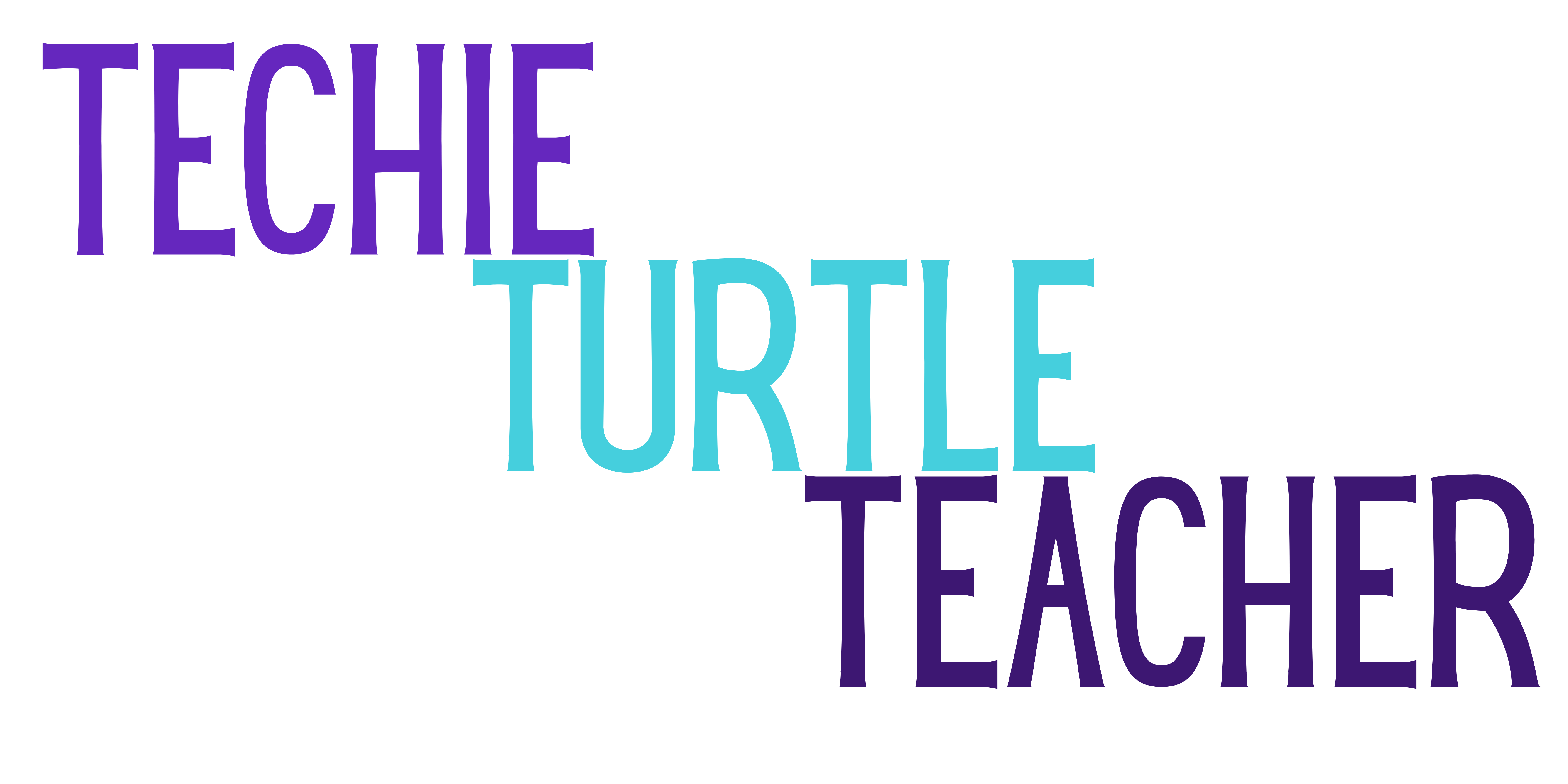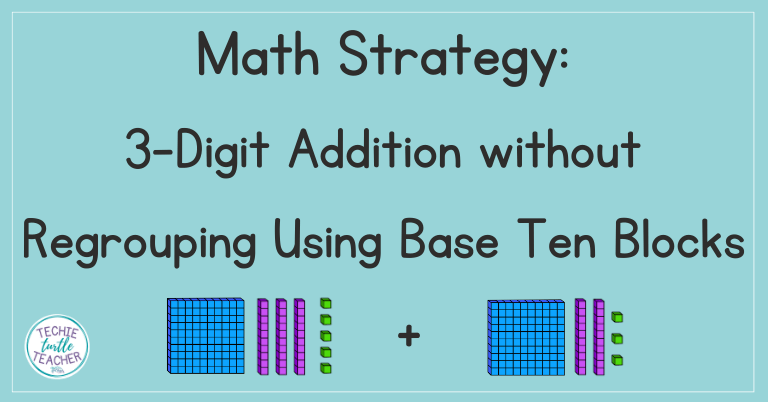3 Digit Addition Regrouping Open Number Line Strategy

Regrouping on an open number line when adding might be easier for some students than the other strategies. The purpose of an open number line is to let students break apart numbers into different parts that make sense to them. Once students get the hang of the number line, it might just be their favorite strategy to use!
The addition on an open number line strategy is helpful for students to keep track of useful parts of numbers when adding larger numbers or numbers that require regrouping.
It makes sense to start with mastering addition with regrouping using base ten blocks and addition with regrouping using break apart. Once students master those strategies, you can move on to the open number line strategy. Each strategy builds and requires students to move from concrete thinking to abstract thinking.
The standard 2.NBT.7 uses many different strategies to master 3-digit addition and subtraction. I take it very slowly to help with mastery of this standard. I give students many chances to find a strategy that works for them before teaching the traditional algorithm.
Keep reading to learn more about the open number line strategy and to find a resource you can use right in your classroom to teach 3-digit addition with regrouping using an open number line.
3 Digit Addition Regrouping Open Number Line Strategy Example

What do you think you would do to start solving 142 + 398 using the open number line strategy?
You would start with an open number line, which is just a blank number line. You would decide which number to start on. In an addition problem, the starting number is your choice. It works both ways, so I tell students to pick one.
In this example, I chose to start on 398. I chose 398 because I knew it was close to the friendly number 400. I placed 398 on the left side of the number line.

Many students will want to start drawing tick marks to keep track of numbers, but that ends up being a waste of time.
Once you have your starting number, you look at the other addend to see what jumps of hundreds, tens and ones you can make.
In this example, I am adding 142 to 398.
You can make jumps of hundreds, tens and ones in any order. For this problem, I started off adding 100 to 398.
Note: It is very important that your students write the sum after their jumps as they go. It is easy to make a mistake if you make all the jumps and fill in the sums after.

I like to work with friendly numbers, so I’m going to make my jumps of ones before I make my jumps of tens.


Now I’m ready to add the tens.




You have now made 1 jump of 100, 2 jumps of 1, and 4 jumps of 10.
142 + 398 = 540

To help my students remember to write the sum when they make their jumps, I have them think of an airplane taking off from one airport and landing at another airport that many jumps ahead. They have to know where the airplane lands before it can take off for another airport.
An open number line can be used in many different ways. The example I showed was just one way to add using an open number line.
Your students might be able to make a jump of 20 instead of two jumps of 10.
As I mentioned earlier, you can start with any addend in an addition problem. So some students might start with 142 on their number line and make 398 jumps.
I make sure students understand jumps of hundreds, tens and ones before showing them how to make jumps with larger numbers.
An open number line provides many options for differentiation within the same strategy.
3 Digit Addition Regrouping Open Number Line Strategy Practice
Do you need some practice pages for your students to use with this strategy?
Click the image below to purchase the full product on TPT.
Pin this to Pinterest for later






